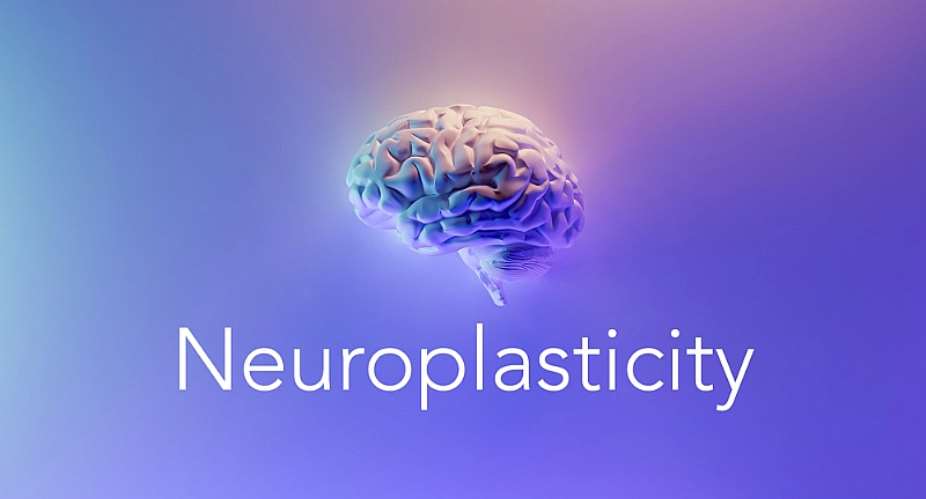As a neurosurgeon committed to deciphering the workings of the human brain, I take great pleasure in disseminating the ground-breaking findings that continue to influence our knowledge of neurological disorders and healing. The idea of neuroplasticity is one such field that has generated excitement and hope in recent years, particularly when it comes to stroke rehabilitation. A stroke, also called a "brain attack," is a medical emergency that results from a disruption in blood supply to the brain. This can cause brain cell death and have long-term effects. It was long believed that brain injury was irreversible once brain cells were lost or damaged. But this idea is being called into question by the new study of neuroplasticity, which gives stroke survivors some hope.
The brain's amazing capacity to reconfigure and adapt through the formation of new neural connections is known as neuroplasticity. Consider it as the brain's attempt to adjust its circuitry in order to make up for harm or injury. This suggests that the brain may be able to create new neural connections to carry out previously damaged processes in the context of stroke recovery. Neuroplasticity is a very intricate process that differs from individual to person. In order to fill in for those that have been lost or injured, healthy brain cells are recruited. Stroke survivors can recover function thanks to this plasticity, often to an unexpected extent.
Utilizing the potential of neuroplasticity requires rehabilitation. Repetitive and targeted movement therapies help the brain create new connections, which speeds up healing. Every intervention, including physical and occupational therapy, is thoughtfully crafted to facilitate the brain's ability to adjust and realign. Inspiring tales of stroke survivors surpassing initial prognoses and regaining lost abilities through unwavering perseverance and customized rehabilitation have been presented in recent studies. For those who have suffered a stroke, the brain's resiliency in conjunction with developments in medical science and rehabilitation methods presents fresh hope.
It is both humbling and thrilling for a neurosurgeon to see how neuroplasticity transforms stroke healing. It reaffirms our dedication to investigating novel therapies and expanding the realm of what we previously believed to be achievable in the field of neurology. In conclusion, the remarkable capacity of the brain to adapt and heal is illustrated by neuroplasticity, which offers hope to stroke survivors. The possibility of realizing the human brain's full healing ability grows more and more hopeful as we continue to explore its complexities. As a community, let us honor the human spirit's tenacity and the remarkable ability of neuroplasticity to influence stroke therapy in the future.





 DR Congo thwarts Kinshasa 'coup attempt': army
DR Congo thwarts Kinshasa 'coup attempt': army
 Media has made good progress in Ghana — Frema Opare
Media has made good progress in Ghana — Frema Opare
 E/R: We will demonstrate against our parliamentary candidate for disappearing af...
E/R: We will demonstrate against our parliamentary candidate for disappearing af...
 Kotokuom elders issue ultimatum to Kwaku Boah to stop defaming Atwima Agogohene ...
Kotokuom elders issue ultimatum to Kwaku Boah to stop defaming Atwima Agogohene ...
 W/R: Tragic premix explosion injures 16 in Ngyirasia
W/R: Tragic premix explosion injures 16 in Ngyirasia
 Election 2024: NDC pledges to scrap betting tax, targets 80% youth support
Election 2024: NDC pledges to scrap betting tax, targets 80% youth support
 Mahama was a one-term president because he was incompetent and brought untold ha...
Mahama was a one-term president because he was incompetent and brought untold ha...
 Blame IMF programme for Cedi's decline —Prof Bokpin
Blame IMF programme for Cedi's decline —Prof Bokpin
 Court denies Kasoa soldier killer bail
Court denies Kasoa soldier killer bail
 Ahmed Suale's killers will be brought to justice no matter how long it takes - A...
Ahmed Suale's killers will be brought to justice no matter how long it takes - A...
